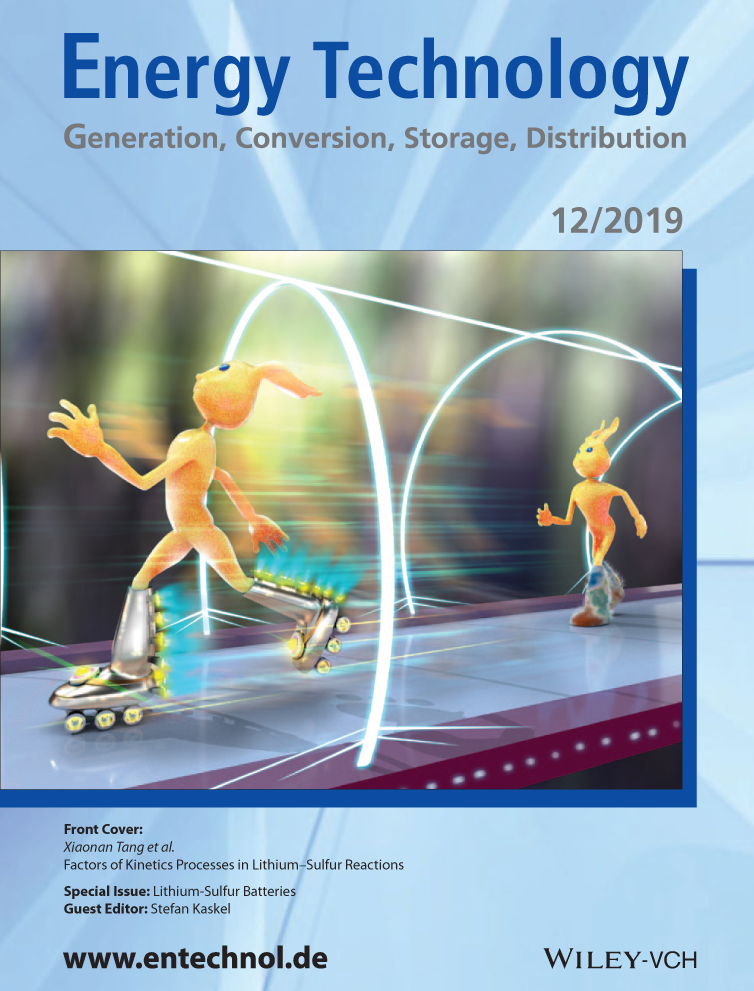Toward Improving the Areal Energy Density of Lithium–Sulfur Batteries with Ultramicroporous Carbon–Sulfur Composite Electrodes
Abstract
Sulfur possesses high specific capacity (1672 mA h g−1) and high specific energy (2600 Wh kg−1), which makes it attractive as a cathode material for lithium–sulfur batteries. However, the areal energy density of sulfur electrodes is usually low due to an excess amount of inactive materials, mostly carbon, in the electrode composite. Typically, the electrode layers must be thin to achieve good specific capacity and cyclic stability. This further reduces the areal capacities, and it is challenging to design high areal density sulfur electrodes. Herein, the possibility of achieving high areal energy density by using ultramicroporous carbon–sulfur (UMC-S) composite electrodes is investigated. For this purpose, the weight of sulfur per area is systematically varied by varying the amount of UMC-S, and its electrochemical performance with respect to current density, cycling voltage window, electrolyte amount, and effect of temperature on cycling is investigated. A sulfur loading of up to 9.7 mg cm−2 and areal capacities above 4.5 mAh cm−2 are attained. The results indicate that a high areal energy density can be achieved with UMC-S electrodes, however, at lower current rates. Higher current rates can be achieved by reducing the particle size and by improving the intrinsic electronic conductivity of the UMC host.
Conflict of Interest
The authors declare no conflict of interest.




